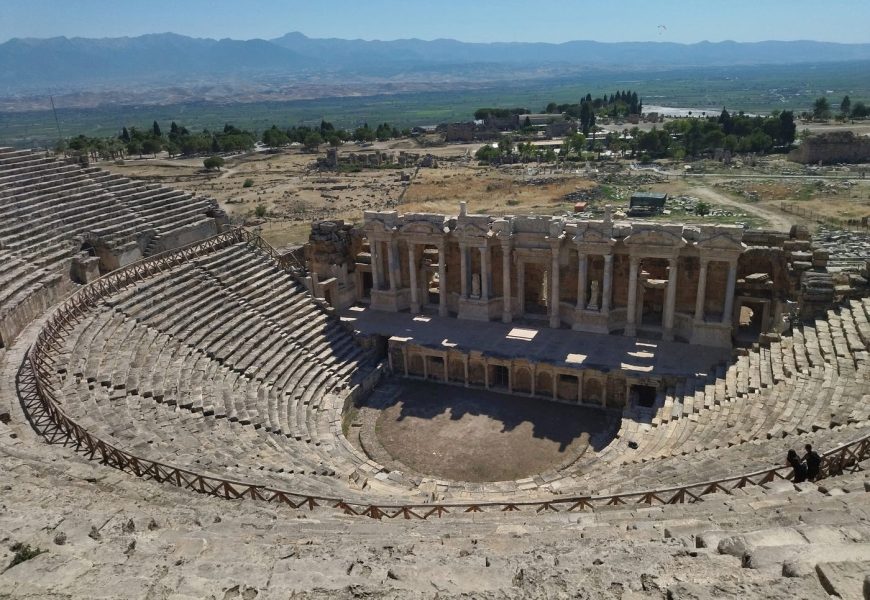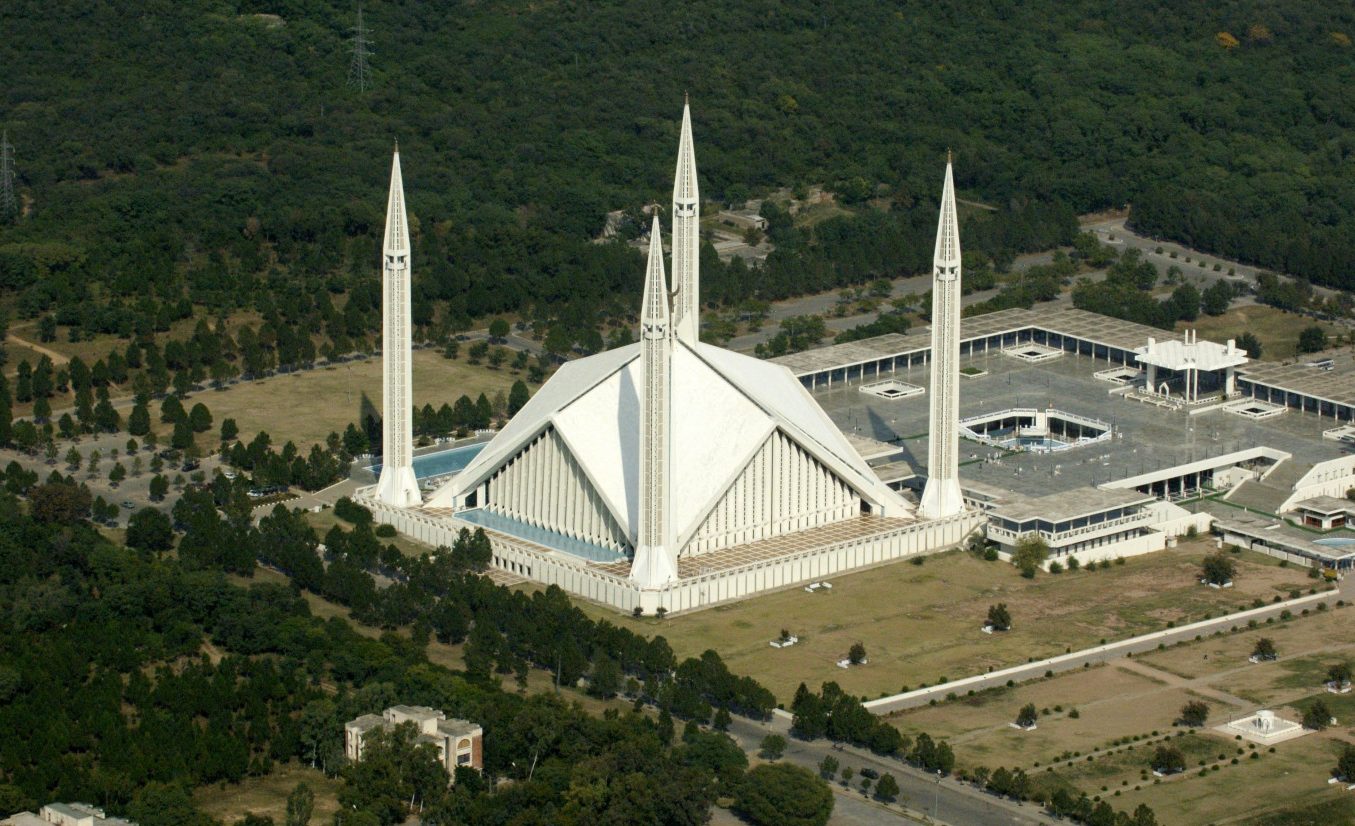Culture is a multifaceted and dynamic concept that shapes our world in countless ways. It is a lens through which we view the world, a source of identity and belonging, and a driving force behind human creativity and progress. In this essay, we will delve into the fascinating and diverse world of culture, exploring its significance, components, and role in shaping societies and individuals.
The Significance of Culture
Culture is at the heart of human existence. It defines who we are, how we relate to one another, and how we interpret the world around us. This shared system of values, beliefs, behaviors, and symbols is not only the bedrock of identity but also the key to understanding and connecting with others. It provides a framework for social interaction, creating a sense of belonging, and offering individuals a context within which they can make sense of their lives.
Components of Culture
Language
Language is one of the most fundamental components of culture. It is the means through which people communicate, express their thoughts and emotions, and pass down knowledge from one generation to the next. Every language carries with it a unique worldview, shaping the way its speakers perceive and interpret the world. The richness and diversity of languages around the world contribute to the colorful tapestry of global culture.
Customs and Traditions
Customs and traditions encompass the rituals, practices, and ceremonies that mark significant events in the lives of individuals and communities. They provide a sense of continuity and identity, connecting the past to the present. Whether it’s a wedding ceremony, a religious festival, or a cultural celebration, customs and traditions are essential in preserving a culture’s uniqueness.
Values and Beliefs
Values and beliefs are the moral compass of a culture. They guide individual and collective behavior, influencing how people make decisions and interact with one another. While these values can vary greatly from one culture to another, they serve as the foundation for social norms and expectations within each society.
Art and Expression
Art, in its various forms, is a universal language that transcends cultural boundaries. It is a means of expression that reflects the unique creativity and history of a culture. From painting and sculpture to music and dance, art is a powerful tool for conveying emotions, stories, and messages.
Food and Cuisine
Cuisine is a delightful reflection of a culture’s history, geography, and traditions. What people eat and how they prepare their food can reveal a great deal about their values and way of life. Food is not just sustenance; it is a cultural experience that connects people with their heritage.
Clothing and Fashion
Clothing and fashion are not just practical necessities but also symbols of identity. The way people dress is often influenced by their culture, climate, and societal norms. Traditional clothing and fashion trends offer insights into a culture’s history and values.
Architecture and Design
Architectural styles and design principles vary widely from culture to culture, reflecting unique aesthetics and practical needs. The structures people create and inhabit are a testament to their cultural values and creativity. From the towering minarets of Islamic architecture to the sleek lines of modernist design, architecture is a visual representation of cultural identity.
The Role of Culture in Shaping Societies
Culture is more than just a passive backdrop to our lives; it plays a dynamic role in shaping societies. Here are some ways in which culture influences our collective existence:
a. Social Cohesion
Culture is the glue that binds communities together. Shared values, traditions, and customs create a sense of belonging and mutual understanding among members of a society. This cohesion is vital for social stability and harmony.
b. Identity and Belonging
Individuals draw a sense of identity and belonging from their cultural heritage. It provides a framework within which they can understand themselves and their place in the world. Cultural identity is a source of pride and a means of connecting with others who share similar backgrounds.
c. Conflict and Cooperation
Cultural differences can lead to conflicts, but they can also be a source of cooperation and mutual enrichment. When people from different cultures come together, they have the opportunity to learn from each other and create something new and exciting.
d. Innovation and Creativity
Cultural diversity is a wellspring of creativity. When people from different cultural backgrounds collaborate, they bring a wealth of perspectives and ideas to the table. This diversity fuels innovation and contributes to the advancement of human knowledge and technology.
The Role of Culture in Shaping Individuals
Culture does not just influence societies; it profoundly shapes individuals as well. It impacts our perceptions, values, behaviors, and even our mental processes.
a. Perception and Worldview
The cultural lens through which we view the world can significantly impact our perceptions. Different cultures may interpret the same event in radically different ways. For example, concepts of time, personal space, and etiquette can vary greatly between cultures, leading to differing worldviews.
b. Values and Decision-Making
The values instilled by one’s culture have a profound influence on individual decision-making. What is considered right or wrong, moral or immoral, can vary greatly between cultures. This shapes personal ethics and guides choices in various aspects of life.
c. Communication and Social Interaction
Cultural norms play a significant role in shaping how individuals communicate and interact with others. Understanding these norms is crucial in fostering effective cross-cultural communication and avoiding misunderstandings.
Conclusion
Culture is a dynamic and multifaceted force that defines our identity, shapes our societies, and influences individual lives. It encompasses language, customs, values, art, food, clothing, architecture, and more. As a shared system of meaning and symbolism, culture is the foundation of our human experience. Its role in fostering social cohesion, shaping identity, driving innovation, and influencing personal perceptions cannot be understated. Embracing and celebrating the rich tapestry of global culture is not only a testament to our diversity but also a path toward greater understanding, cooperation, and progress on a global scale. Culture is the mirror in which we see ourselves, the bridge that connects us with others, and the canvas on which we paint the story of humanity.














